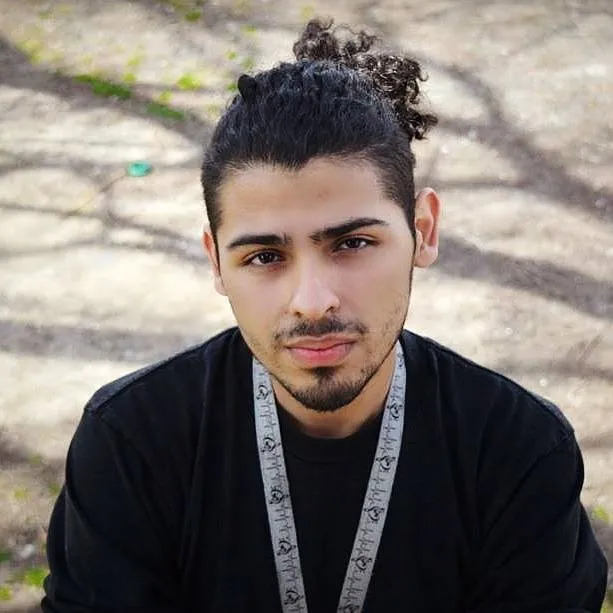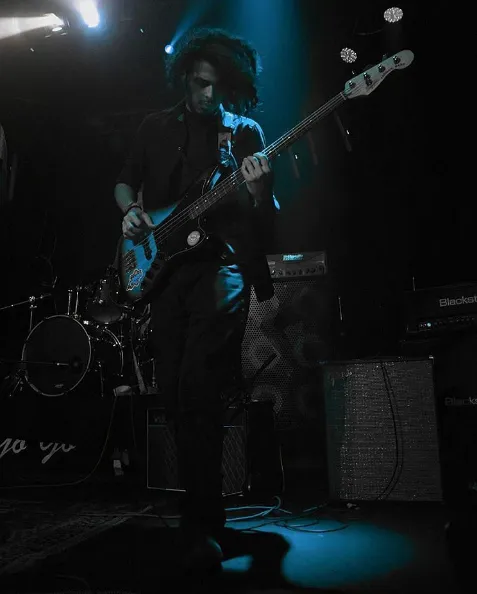My first encounter with the rhythm instrument called Bass was in my freshman year in High School. Baseball tryouts were months away and I wanted to spend some of my free time trying to learn something new. It was then that I started to take an interest in learning an instrument, and in particular, a stringed instrument.

So, I did what any 14 year old would do, I went and took the bass from the storage room of my professor’s class, and started learning from a beginners guide: Notes & Scales. Boy was I LOST! I didn’t know what notes I was hitting and whether they were on time or not. That beginning period was a mess, but I didn’t really feel like stopping. I had months to go until I had to worry about baseball tryouts, so I kept at it. Eventually, about 3 weeks later, a close relative was watching my attempts to learn bass. They sat on the bed, eyeing how I kept trying to read the notes and translate them into a musical form of sorts. So they’d stop me, teach me how to read tabs in a matter of minutes, and turned around to continue their race on their gaming console.........
• So, there I am, I learned a vital piece of information to be able to further my knowledge and skill. And it was that easy?! That fast? To understand what notes to play; to understand how there’s a connection between fingers, scales and flexibility. From then on, I shifted to learning a good amount of songs that ranged from Alternative, Indie, British Pop, and Punk Rock. I found musical inspiration from different artists like Arctic Monkeys, The Wombats, Two Door Cinema Club, Rise Against, and so many more that, if I wrote it out, I may just need another blog for the entire list. These musician groups taught me how to identify what different guitar melodies needed; what different drum grooves needed; what bass riffs to go for. By learning many songs I got pretty good at learning the general major scale and a good amount of chord progressions.
• It was through a band called “Thee Watts” that I learned the true purpose of the bass instrument in regards to rhythm, as well as foundation within many songs. The “bass’ job” within a song is to guide the listener using the combination of rhythm and melody to sway them with transitions, i.e. going from verse to chorus – and keeping the groove to keep the drummer and guitarist in alignment. I guess the best way to explain what to feel for – Yes! “Feel” because that’s how you listen to the bass, one feels it – is to imagine a movement of the hips, as the melody goes down the scale on the guitar, the bass is to guide the notes, through alternating notes, to sway the hips. There is not an easier way to explain this sensation, but when you pay attention to everything within the song, it’s beautiful to hear. Now, that is not to be confused with the “bassists’ job”, which people need to realize that they both play key roles when it comes to the contribution to songwriting. As a bassist, you hold the ground/foundation between melody and rhythm. “How is the layout of this song?” “Do you want a brighter feeling on the melody side or the rhythm side?” “How is the emotion and the attention being dispersed throughout the song overall?” These are all questions bassists ask themselves when co-writing with other musicians.

The Bass Guitar has so many challenges that even after 5 years of constant practice, I personally feel like I’ve only touched a good 30% of what’s out there.